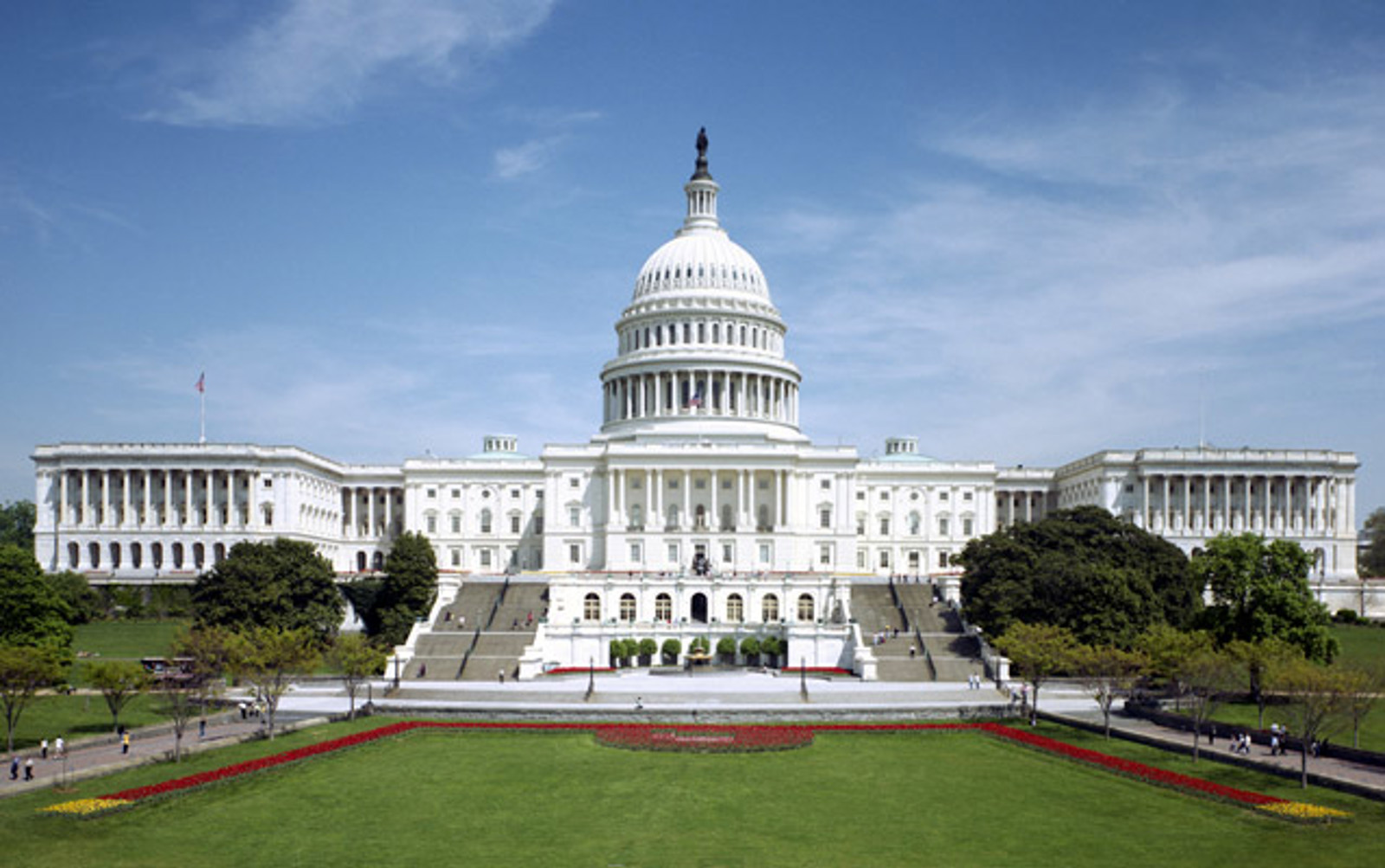September 29, 2023
Possible Government Shutdown Looming
While negotiations and discussions continue, as of Thursday afternoon, the federal government is still on the verge of shutting down as Congress cannot agree to FY 2024 spending bills or a stopgap funding measure to temporarily keep agencies open. With the right flank holding the Republican party hostage in the House, and the Senate holding a thin Democratic majority in the Senate, coming to an agreement on how to keep the government open is proving to be an impossible task.
The proposal under consideration to keep the government open is a bipartisan Senate continuing resolution (CR) that would run until November 17. The CR funds the government at current levels and includes additional funding for the war in Ukraine and Federal Emergency Management Agency disaster aid. Even though the proposal is bipartisan, it does not guarantee passage in the Senate as the add-ons are considered either controversial (to certain Republicans) or insufficient (to certain Democrats). To further complicate things, senators are proposing to add border security provisions to the CR.
Even if this proposal passes the Senate, it is dead on arrival in the House, which is the move expected to trigger the government shutdown.
The House, which usually originates spending bills, has been unable to craft a CR that the Republican majority can agree to, much less one that can garner bipartisan support. House proposals have ranged from a one-month CR with an 8% across the board cut to all agencies except defense and veterans’ health care, to a straight-forward level-funded CR.
No proposal has received enough support in the Republican Caucus to bring to the House floor for a vote as the intraparty antagonism is keeping the Republican leadership from working with Democrats to keep the government open. The goal of the right is to cut funding to FY 2022 spending levels, thus shutting down the government is not a negative outcome for them.
The impact of a short government shutdown on students receiving federal aid should be minimal because student aid is forward-funded, meaning FY 2023 funds are for award year 2023-24. Thus, funding for the current academic year is already allocated, and Department of Education contractors who run the student aid programs are paid at least a month in advance. However, if a shutdown continues for more than a month, the biggest impact could be on finalizing the implementation of the new Free Application for Federal Student Aid (FAFSA), which is expected to be rolled out in December. The Department is aware of the need to keep working on FAFSA and is anticipating deeming as many employees “essential” as possible to keep the rollout on schedule.
In preparation for a shutdown, the Office of Management and Budget has issued guidance on how agencies should proceed when there is a lapse in appropriations and each agency will provide specific contingency plans.
While budget watchers in Washington can see the shutdown coming, no one knows how the funding impasse will get resolved.
The proposal under consideration to keep the government open is a bipartisan Senate continuing resolution (CR) that would run until November 17. The CR funds the government at current levels and includes additional funding for the war in Ukraine and Federal Emergency Management Agency disaster aid. Even though the proposal is bipartisan, it does not guarantee passage in the Senate as the add-ons are considered either controversial (to certain Republicans) or insufficient (to certain Democrats). To further complicate things, senators are proposing to add border security provisions to the CR.
Even if this proposal passes the Senate, it is dead on arrival in the House, which is the move expected to trigger the government shutdown.
The House, which usually originates spending bills, has been unable to craft a CR that the Republican majority can agree to, much less one that can garner bipartisan support. House proposals have ranged from a one-month CR with an 8% across the board cut to all agencies except defense and veterans’ health care, to a straight-forward level-funded CR.
No proposal has received enough support in the Republican Caucus to bring to the House floor for a vote as the intraparty antagonism is keeping the Republican leadership from working with Democrats to keep the government open. The goal of the right is to cut funding to FY 2022 spending levels, thus shutting down the government is not a negative outcome for them.
The impact of a short government shutdown on students receiving federal aid should be minimal because student aid is forward-funded, meaning FY 2023 funds are for award year 2023-24. Thus, funding for the current academic year is already allocated, and Department of Education contractors who run the student aid programs are paid at least a month in advance. However, if a shutdown continues for more than a month, the biggest impact could be on finalizing the implementation of the new Free Application for Federal Student Aid (FAFSA), which is expected to be rolled out in December. The Department is aware of the need to keep working on FAFSA and is anticipating deeming as many employees “essential” as possible to keep the rollout on schedule.
In preparation for a shutdown, the Office of Management and Budget has issued guidance on how agencies should proceed when there is a lapse in appropriations and each agency will provide specific contingency plans.
While budget watchers in Washington can see the shutdown coming, no one knows how the funding impasse will get resolved.
For more information, please contact:
Stephanie Giesecke

